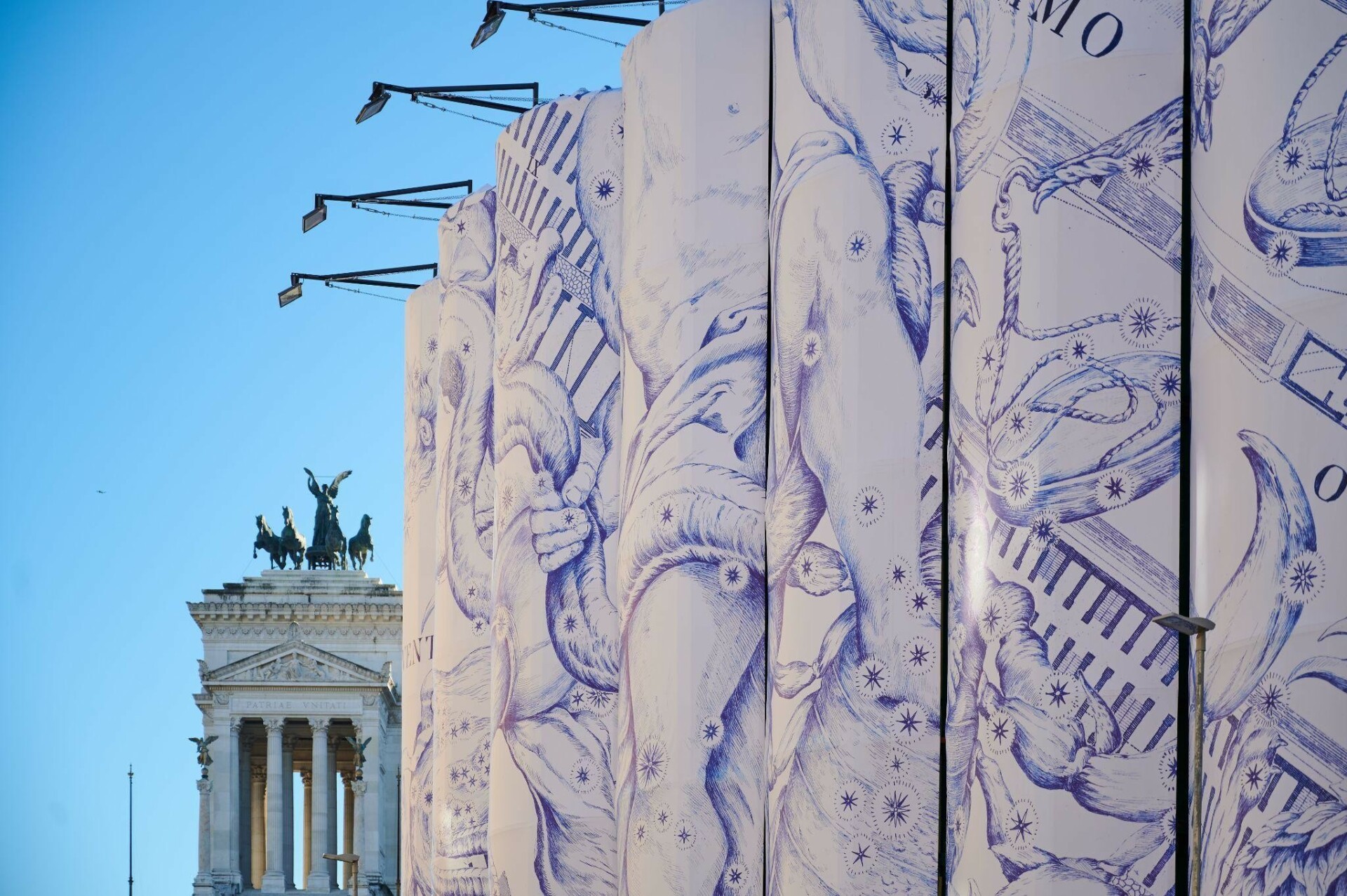Since 1300, Jubilees have marked eras of extraordinary artistic and infrastructural transformation. This tradition continues with the Jubilee 2025, supported by an ambitious plan of over 600 projects designed to welcome more than 32 million visitors. These initiatives add to a rich heritage of works left over the centuries, symbolizing Rome’s history and faith.
Let’s explore the most iconic work of art and architecture that have made these extraordinary events truly unique.
The Artistic Innovation of the Early Jubilees
The first Jubilees sparked an extraordinary flourishing of art and architecture. During the first Jubilee, proclaimed by Pope Boniface VIII in 1300, masters such as Cavallini, Torriti, and Giotto left a lasting mark, including the splendid fresco in the Basilica of St. John Lateran.
At the same time, significant urban and architectural projects, such as the portico connecting the Vatican to St. Peter’s and the staircase of Santa Maria in Aracoeli, profoundly transformed the city, turning it into a symbol of faith and culture.
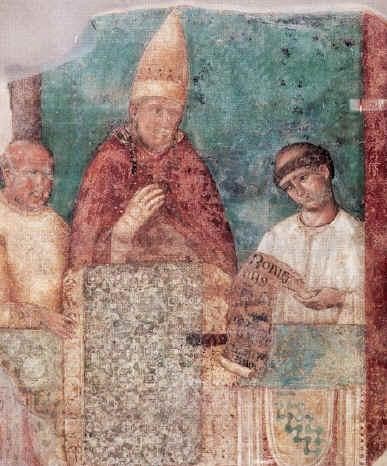
The Heart of Rome: From the Aurelian Walls and Sistine Chapel to St. Peter’s
Between the 15th and 16th centuries, Rome experienced an extraordinary period of renewal thanks to the Jubilees. In 1450, Pope Nicholas V led the restoration of the Aurelian Walls and the Vatican Palaces, while for the 1475 Jubilee, Pope Sixtus IV commissioned the construction of Ponte Sisto and initiated work on the Sistine Chapel, which would become a symbol of papal magnificence.
During the Renaissance, the popes invested immense resources in transforming the Eternal City. Pope Julius II launched the construction of the new St. Peter’s Basilica, destined to become the heart of Christianity, while Michelangelo helped shape Rome into a masterpiece, designing the drum of St. Peter’s Dome and the extraordinary arrangement of the Capitoline Hill.
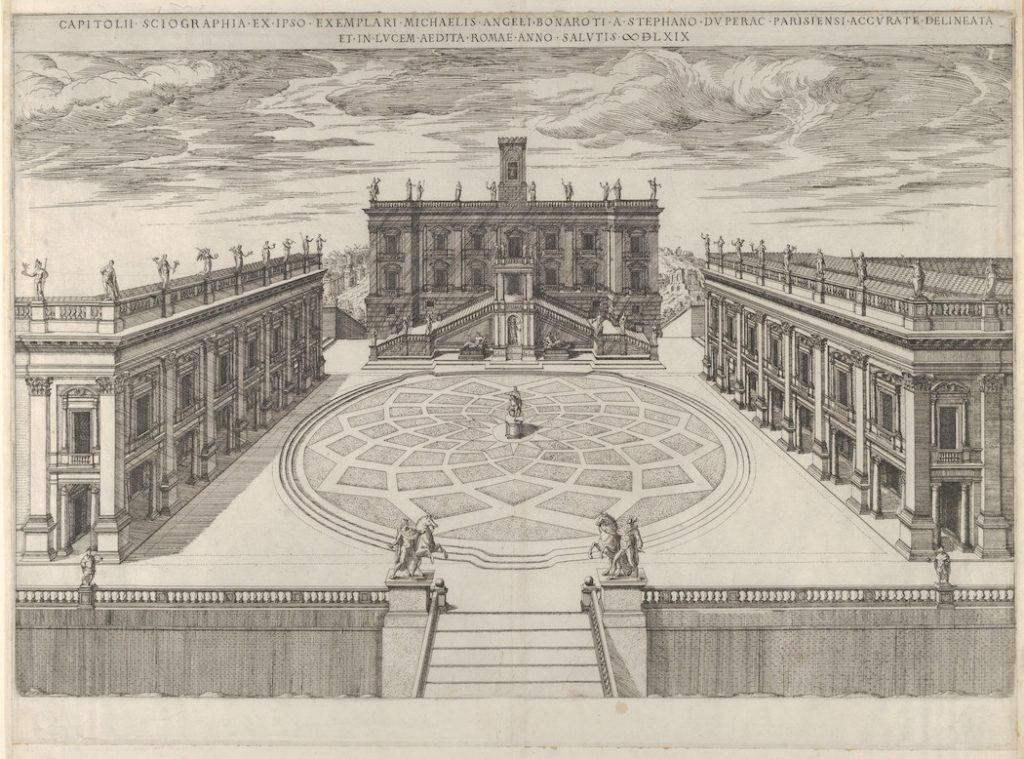
The Roman Baroque reached its peak during the Jubilees of 1625 and 1650, when Bernini left his mark with iconic works such as the Baldachin of St. Peter’s and the Fountain of the Four Rivers.
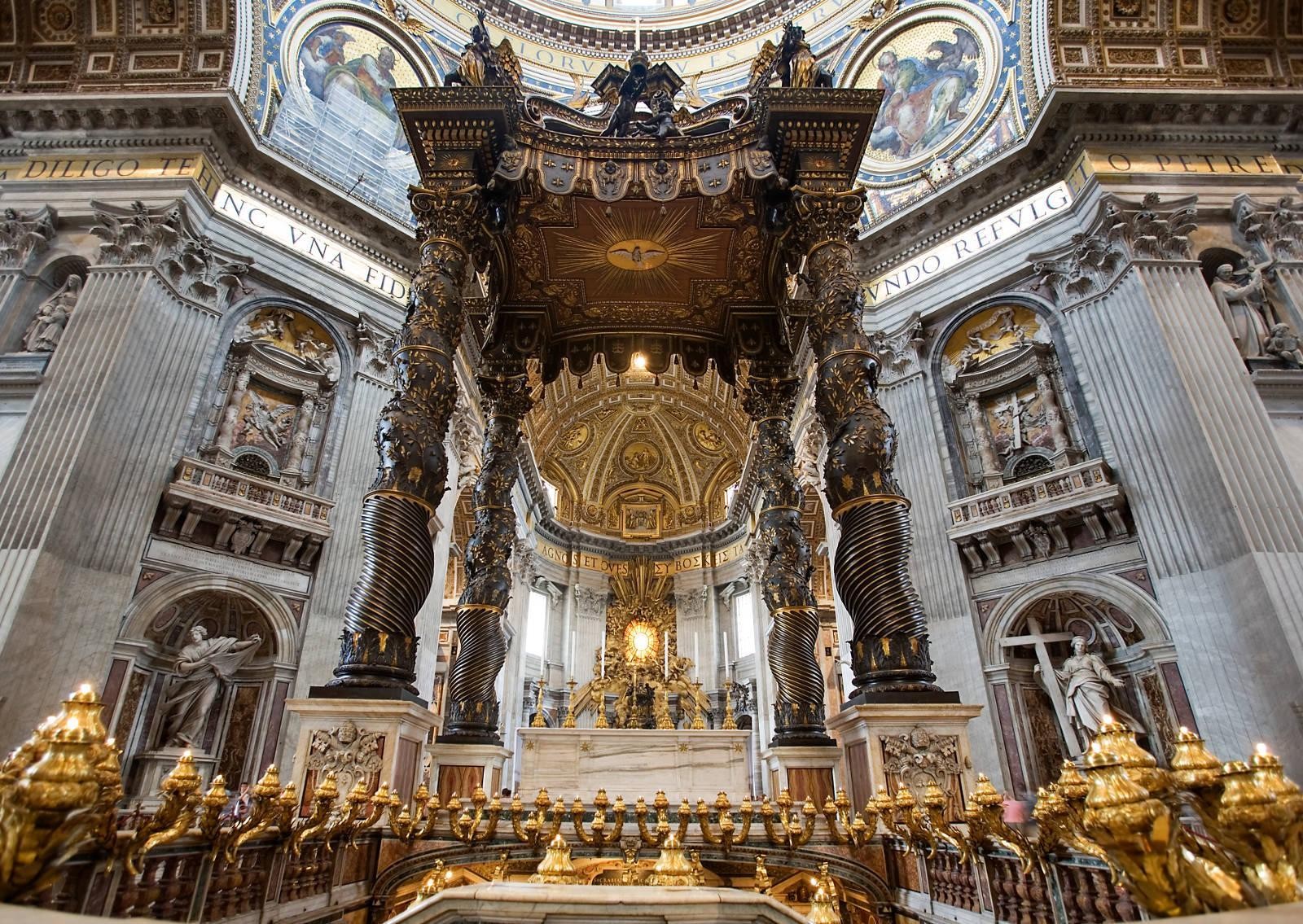
Towards the Modernisation of the Eternal City: From the Spanish Steps to Piazza del Popolo
The Jubilees of 1725 and 1750 marked a dual transformation of Rome: on one hand, urban modernization with the construction of new hospitals and infrastructure; on the other, the enhancement of its historical heritage, with iconic works such as the Spanish Steps and the Trevi Fountain.
In 1825, the Jubilee led to the redevelopment of Piazza del Popolo and the reconstruction of the Basilica of St. Paul, which had been severely damaged by a fire in 1823. The 1925 Jubilee saw the creation of a new tram line connecting the four major basilicas. In 1950, Pope Pius XII completed the construction of Via della Conciliazione and announced the discovery of St. Peter’s Tomb.
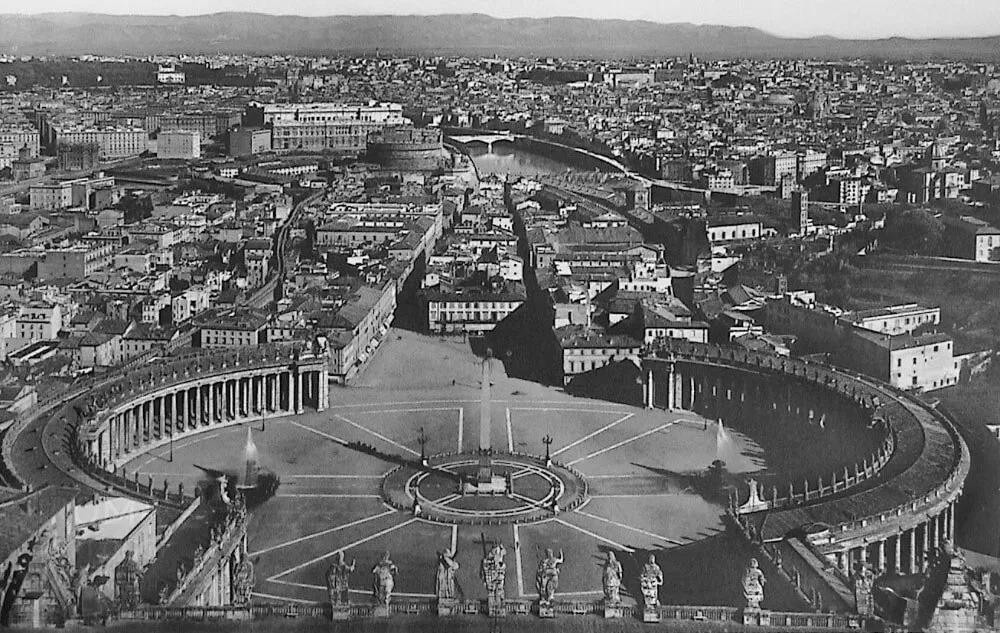
The Landmark Projects of the 2025 Jubilee
The Jubilee 2025 has begun with a transformed Rome, thanks to a €4.8 billion investment allocated to 600 projects. Among the most significant interventions are the redevelopment of Piazza Pia, Piazza Risorgimento, and Via Ottaviani, which have been made almost entirely pedestrian, as well as the renewal of the area around Termini Station, starting with Piazza dei Cinquecento.
To handle an influx of 3.5 million additional passengers, transportation has been enhanced through improvements to existing metro lines and the continued expansion of Line C. One of the most ambitious projects is the future Piazza Venezia station, set to become the world’s largest archaeological station. Currently, the station hosts the Progetto Murales, a public art initiative featuring six artists who interpret the city’s ongoing transformations, reinforcing Rome’s status as a global capital of art and culture.
